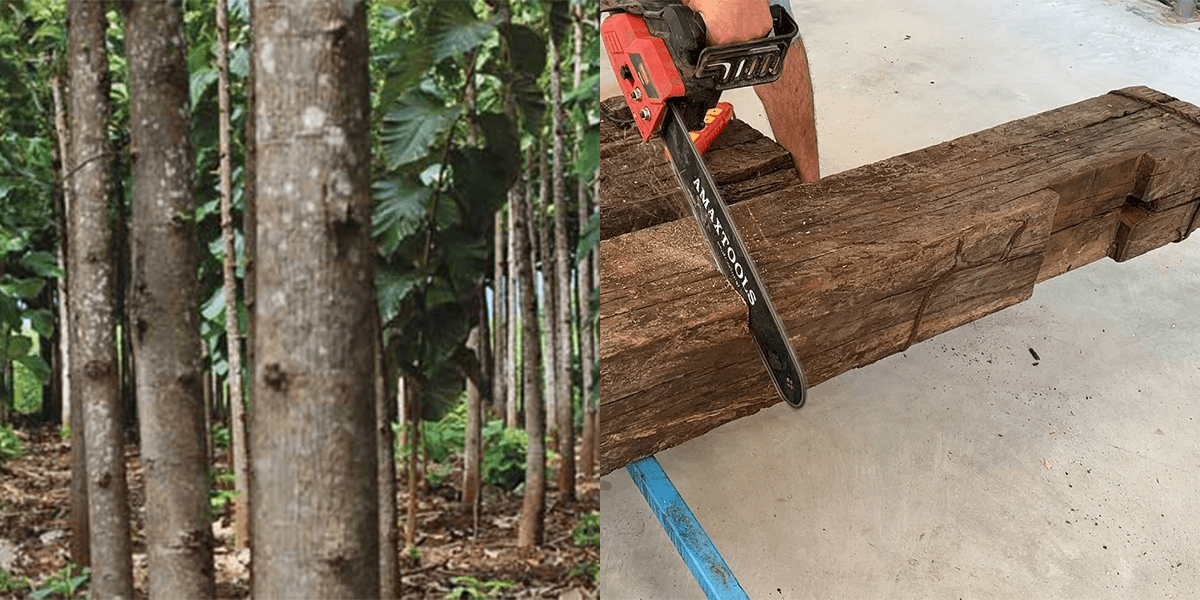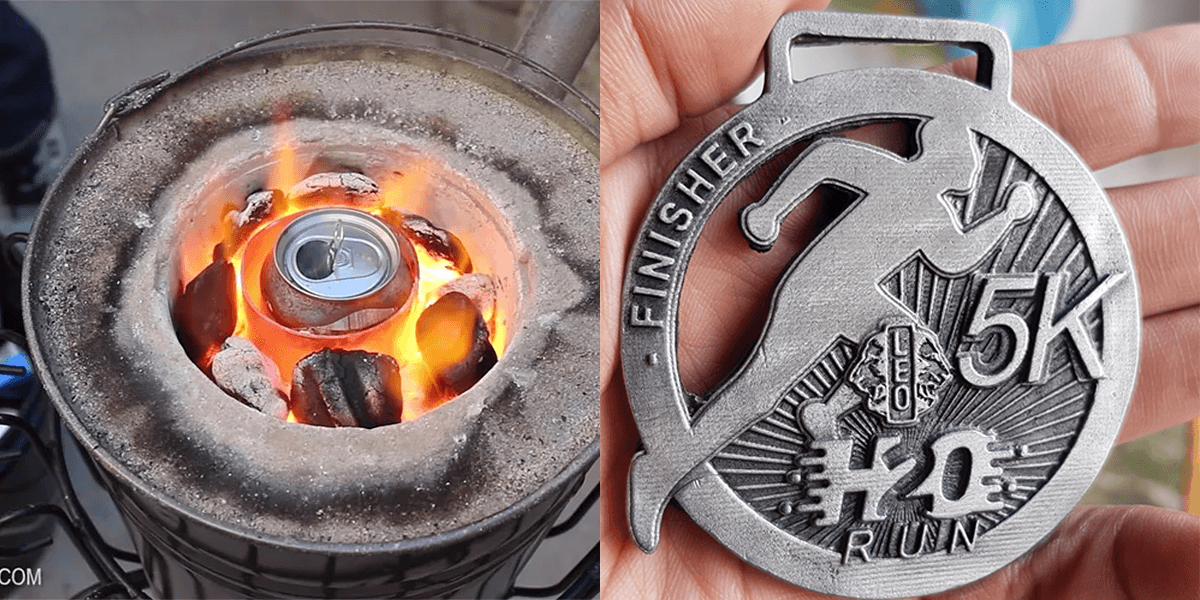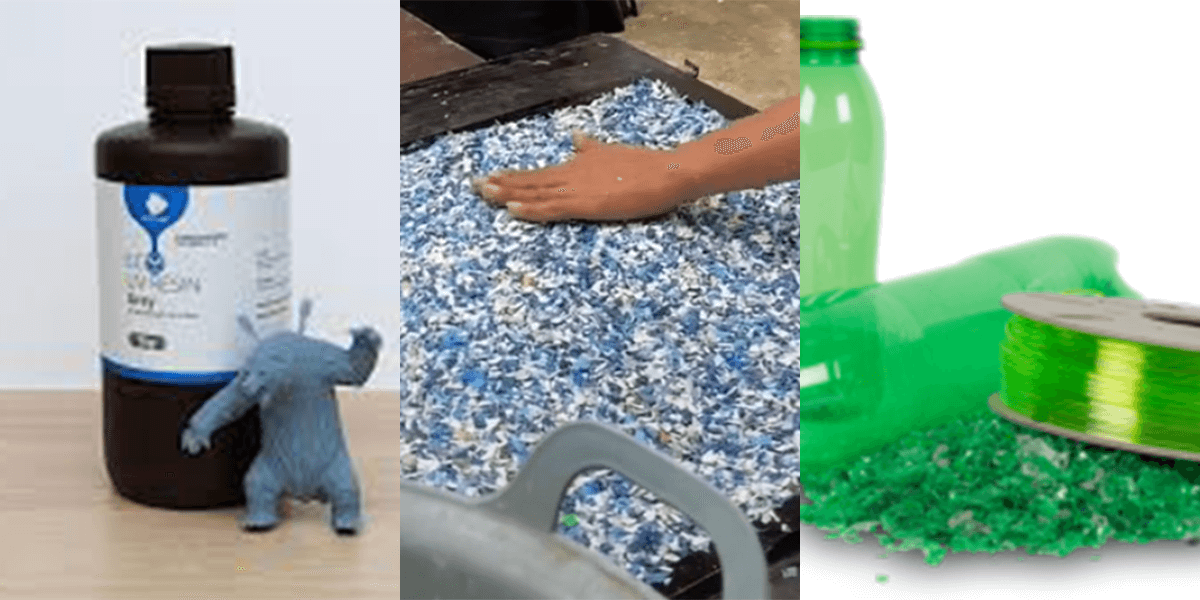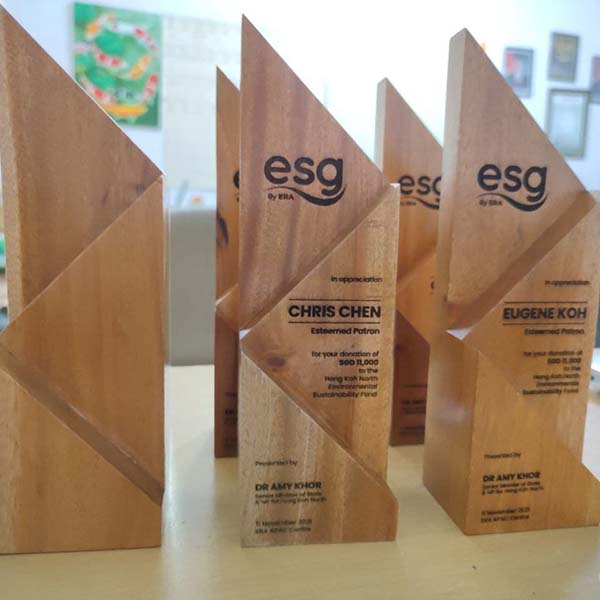Eco Friendly Trophy
The concept of eco friendly or environment sustainability is a trend nowadays. How long this fad will continue? How is this concept affects the idea stage? I had clients asking me for eco friendly trophies for many different materials. It is quite interesting, so I post my personal view regarding this matter.
Rather than I affix the trophy to whether it is eco friendly or ‘how much” eco friendly it is, let me share how I categorize different stage of trophy making. To understand these 3 categories will help you think if your trophy is eco friendly enough.
1) Source of material.
This is useful to know where the raw material is from. Is the material from recycled source? Or is the from a source that boost recyclability? Or is accredited source ? Most materials for trophies and plaques are not related to eco friendly, but this should not be the only point to determine your choice.
2) Process.
This explain the works involved in fabrication of the trophy and how the waste is managed. A metal factory with bad waste management is not going to contribute to environmental sustainability grade. For Core Modus, our partners and us practice environmental sustainability to improve on good work habit and reduce waste.
3) Recyclability.
What do you want to do with your trophy or medals that you want to dispose or reuse in other ways? Usually, trophies can be stored for very long, and in Singapore, there is already standard way to dispose. In general, metal can be remelt, wood and some plastic can be recycled, crystal or glass can be disposed without issues.
I will explain the categories within my scope of materials so that you can understand better.

Wood
We usually were asked how eco friendly is the our woods. Our wood are from Indonesia and the wood we usually used for our trophies and plaques are mainly teak and mahagony, but we also have other woods such as bankirai, suar, acasia, durian, rubber etc . We have 2 types of sources for eco friendliness, we have 2 ways.
- Harvested wood from plantation that takes 10 years for a tree to grown to suitable size. These are mainly teak or mahagony wood. We have accreditation partner supplier and can provide the serial number for import to worldwide. You can learn more about harvested wood from this Wikipedia link.
- Recycled wood from old houses, boats or furniture. Such woods are quite old and worn, so the colour can be darker and there are signs of nails. The wear and tear appearance of such wood is a good indication that this is recycled. This Wikipedia link tells more about recycling wood.

Metal
Recycling metal is a mature industry in Singapore. Metal such as iron, aluminum, bronze, tin can be remelt and reuse in different ways. Some clients request us to remelt the metals they provide but unfortunately, we dont have foundry to remelt. To learn more, please

Plastic
Recycling plastic is a serious business but not easy to segregate plastic. There are also biodegradable plastic that does not harm the environment. Some of my clients request recycle plastic for making trophies, so I would suggest these.
- Recycle or Eco friendly 3d printing. PLA filament for 3D printing is common and it can turn into any 3D model. There are some issues such as print resolutions and aesthetic, but it should not stop you from using it.
- Eco friendly resin for 3D printing. Some resin are made from plant base polymer and we can consider it as eco friendly (but the term plastic is subjective here). The models are beautiful and we can paint it nicely.
- Recycle PVC/PET tile. There is this recent initiative worldwide to recyle plastic bottle into tiles for decoration, furniture, flooring etc. The application is limitless and we had cooperation with local industry to use the recycle plastic tile to make into trophies.

